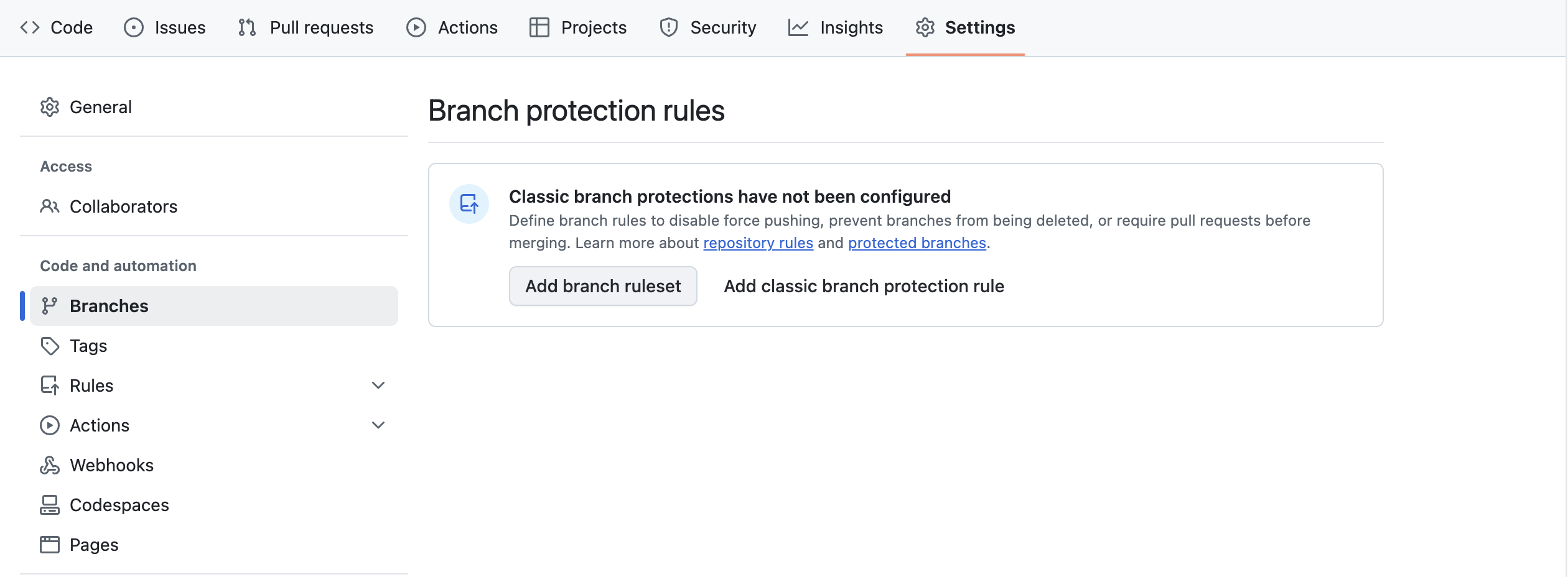Managing pull request permissions in open-source projects on GitHub is important for maintaining code quality, ensuring security, and managing workflows effectively, which helps build trust and encourages active community engagement. In this guide, we'll explore how to handle PR permissions effectively, as well as how to utilize the Graphite PR inbox for better management and organization.
Understanding PR permissions in open-source projects
For open-source projects, managing permissions means balancing openness with control. By default, anyone can fork an open-source repository and submit PRs, but only users with specific permissions can merge those PRs into the main branch. These permissions are important for maintaining the integrity and security of the project. In essence, they dictate who can:
- Create PRs: Anyone can typically create PRs, but you might want to limit this to project members or trusted contributors.
- Merge PRs: This is often restricted to project maintainers or a specific group of trusted individuals.
- Comment on PRs: Usually open to everyone, but you can limit it to project members or specific groups.
Setting up basic PR permissions
GitHub provides several settings to manage who can push to a repository, create branches, or merge PRs. Here’s how to configure these settings for an open-source project:
- Navigate to your repository settings on GitHub.
- Go to the 'Branches' section and set up branch protection rules. This can include requiring PR reviews before merging, requiring status checks to pass before merging, and designating certain users or teams as code owners.

Best practices for managing open-source PR permissions
- Utilize community-driven tools:
- Merge bots: Automate the merging process based on specific criteria, such as CI/CD success and required reviews.
- Code review tools: Use tools like Code Climate, SonarQube, or Graphite to automate code quality checks and provide feedback.
- Automate where possible: Use tools like GitHub Actions to automate some aspects of PR management, such as running tests and lint checks.
- Establish clear guidelines and expectations:
- Code of conduct: Outline acceptable behavior and expectations for contributors.
- Contribution guidelines: Clearly document the process for submitting PRs, including code style, testing, and review requirements.
- Encourage thorough reviews: Set up your repository to require reviews from one or more trusted contributors before a PR can be merged. This ensures that all code is vetted by knowledgeable team members.
- Foster a positive and inclusive community:
- Be responsive: Promptly review and respond to PRs.
- Provide constructive feedback: Offer helpful suggestions and explanations for requested changes.
- Celebrate contributions: Recognize and appreciate the efforts of contributors, no matter how small.
Using Graphite's PR inbox for enhanced PR management
Graphite's PR inbox acts like an "email client" for your PRs, helping you stay organized and efficiently manage PRs needing your attention. It allows you to create custom sections with filters according to PR status like "Needs your review," "Approved," and more, making it easier to handle open-source PR approval processes on GitHub. Graphite also supports a robust search functionality within the PR inbox, allowing you to filter PRs by title, description, author, and more. This is especially useful in open-source projects where numerous contributors might be involved.
Managing permissions for complex scenarios
For larger projects, you might need more granular control over PR permissions. Graphite allows you to set up to 30 default repositories for detailed management under its Team and Enterprise tiers, which enables tailored permission settings for different parts of your project.
Conclusion
Managing PR permissions in open-source projects on GitHub requires a thoughtful approach to ensure that contributions are effectively reviewed and integrated. By leveraging tools like Graphite's PR inbox, open-source project maintainers can have more visibility over this process, enhancing productivity and maintaining high standards of code quality.